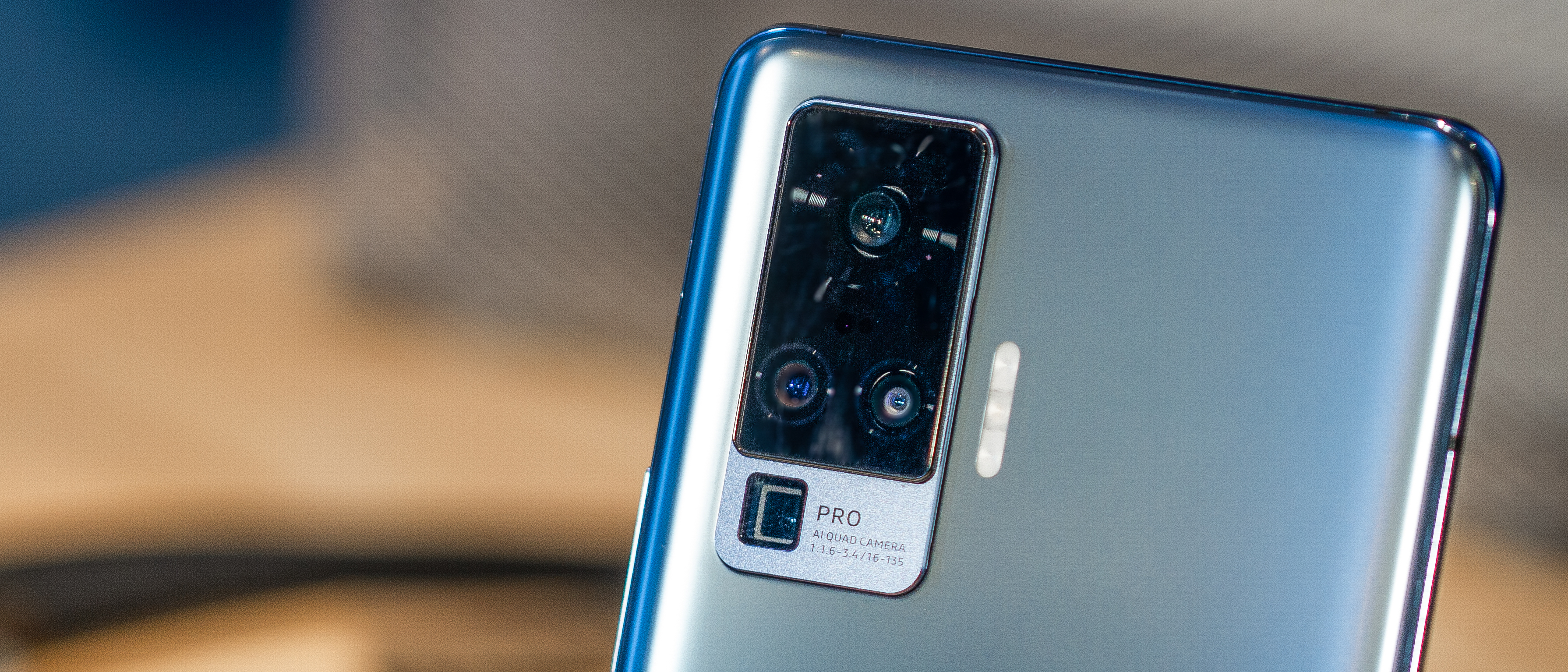Digital Camera World Verdict
The Vivo X51 5G is one of the most exciting phones around from a camera point of view. It covers the holy trinity of camera focal lengths (and then some), and it’s got a nifty USP - that gimbal system. That isn’t to say its camera is the best around, and at £749, we wouldn’t expect it to be. Nevertheless, with midrange power inside, Vivo’s opted for some punchy pricing. Irrespective, with 5G, beautiful design, and a fine looking screen, not to mention ample storage, unless you’re a serious gamer, the X51 will check most of your boxes.
Pros
- +
Premium design and screen
- +
Uncluttered interface
- +
Very steady video capture
Cons
- -
Expensive given processor
- -
No wireless charging
- -
Dynamic range not best-in-class
Why you can trust Digital Camera World
The best gimbal stablizers are bigger than smartphones, so the idea of squeezing the former into the latter sounds a bit ridiculous. Luckily, the clever folks at Vivo claim to have cracked that nut with the Vivo X51, a serious photography and video-focused phone with a floating camera element steadied by a clever gimbal system.
Vivo who? Good question - the Vivo X51 is the brand’s first launch in the UK (and Europe), but its roots can be traced back to China and BBK, Oppo’s parent company. Vivo made a break for it though as a standalone business and has achieved monumental success in other markets already - not least of all on home turf. With accolades like ‘the world’s first in-display fingerprint scanner on a smartphone’ amongst others, we’re delighted to see Vivo applying that innovative inclination in with its camera tech.
Now that Huawei’s on rocky ground in the west as the Google ban rages on, brands like Oppo, Realme, and Vivo seem to be chomping at the bit to launch outside Asia. But is Vivo just offering more of the same or can it carve out a niche with enthusiasts looking for something different?
Design and screen
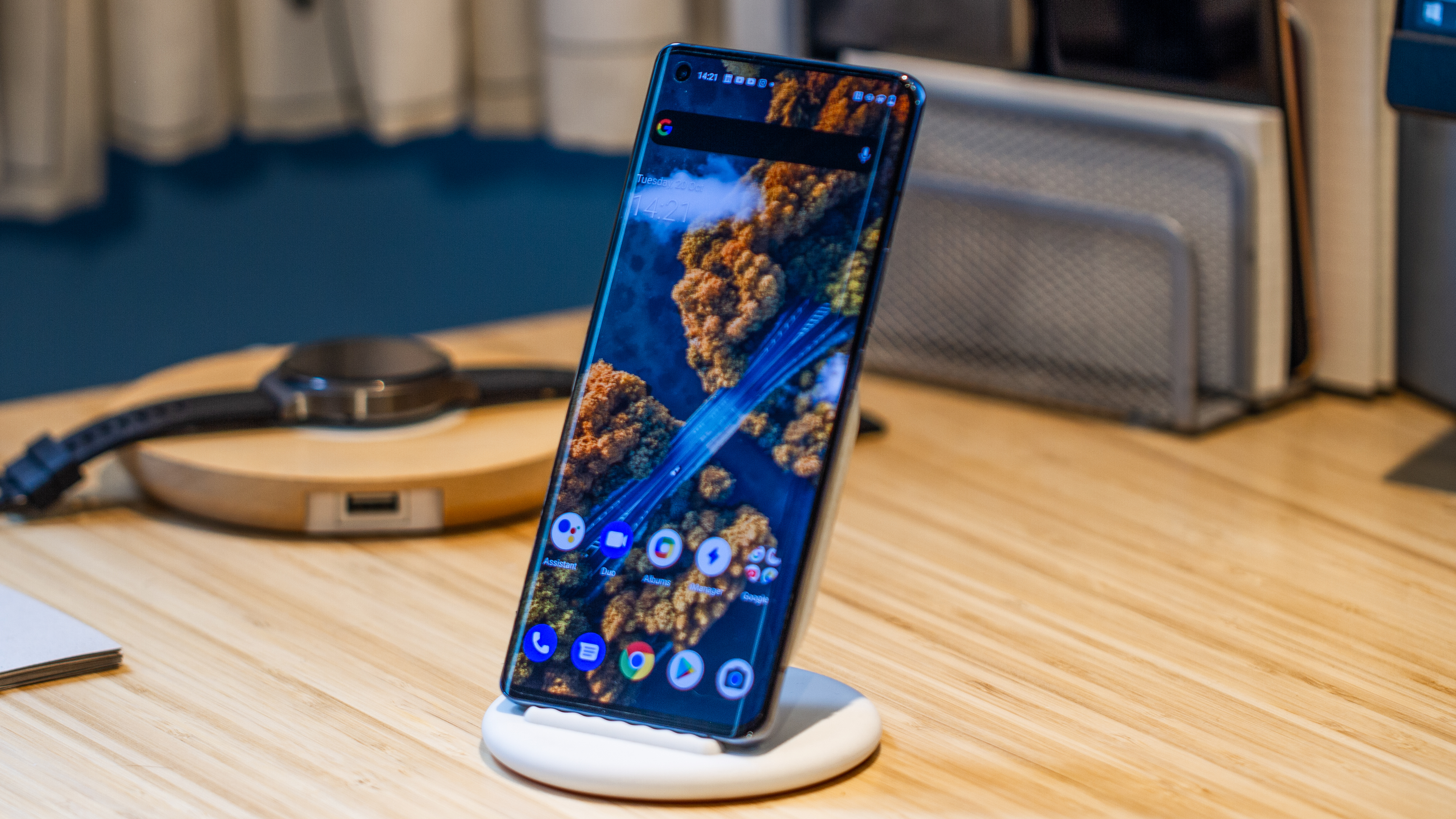
The Vivo X51 is a beauty, but it isn’t unique - at least not from the front. Its screen is a virtually identical spec to that of the Oppo Reno 4 Pro, with elegant curves on either side, a smooth 90Hz refresh rate, and zingy OLED technology.
Combining a 6.56-inch screen size and a 2376 x 1080 resolution, as well as HDR10+ support, the X51’s isn’t setting any records with its display, but it does do a great job nonetheless. It also sits handsomely against the backdrop of the slender, 8.04mm frame, matched with a glass and metal build, and a frosted finish around the back.
Design highlights include a frosted blue back and a stepped camera bump. Small compared to the hefty camera surround of the Galaxy Note 20 Ultra 5G or the Xiaomi Mi 10T Pro, the X51’s camera is still sufficiently attention-grabbing, inferring that there’s something special going on inside. There's also a glass strip at the top of the phone, recessed slightly into the flat metal surface.
Camera
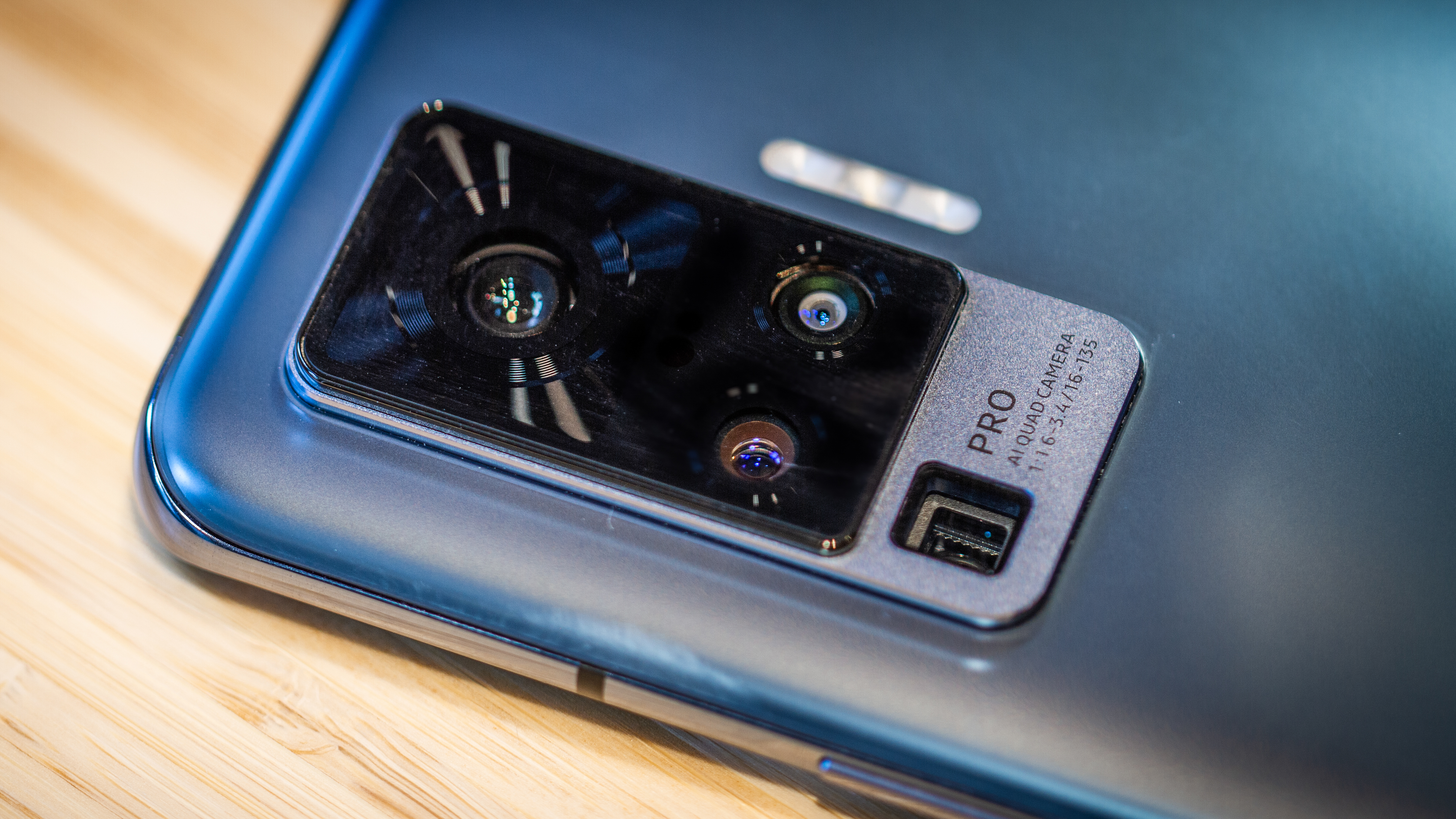
The X51 5G’s camera system is spearheaded by a 48MP Sony IMX 586 sensor.
The IMX586 started hitting the scene on phones like the Honor View 20 at the beginning of 2019, and it’s still going strong on the likes of the OnePlus 8T - a tried and tested performer.
It’s paired with an f/1.6 aperture lens and features PDAF, laser AF, and OIS. This time, however, we’re seeing Sony’s sensor married with a gimbal system to compensate for hand shake at up to a 3-degree rotation angle, as illustrated below.
Both the gimbal and the lens move, which combine with EIS to produce what Vivo claims to be the most crop-free stabilized video around.
With an 8MP ultrawide camera, while the resolution may be lower than some of the competition, the fact the X51’s ultrawide features autofocus is excellent. The lens sports an f/2.2, 15.7mm equivalent 120° angle of view, and with a mnimum 2.5cm focusing distance, it’s a corker as far as ultrawides go.

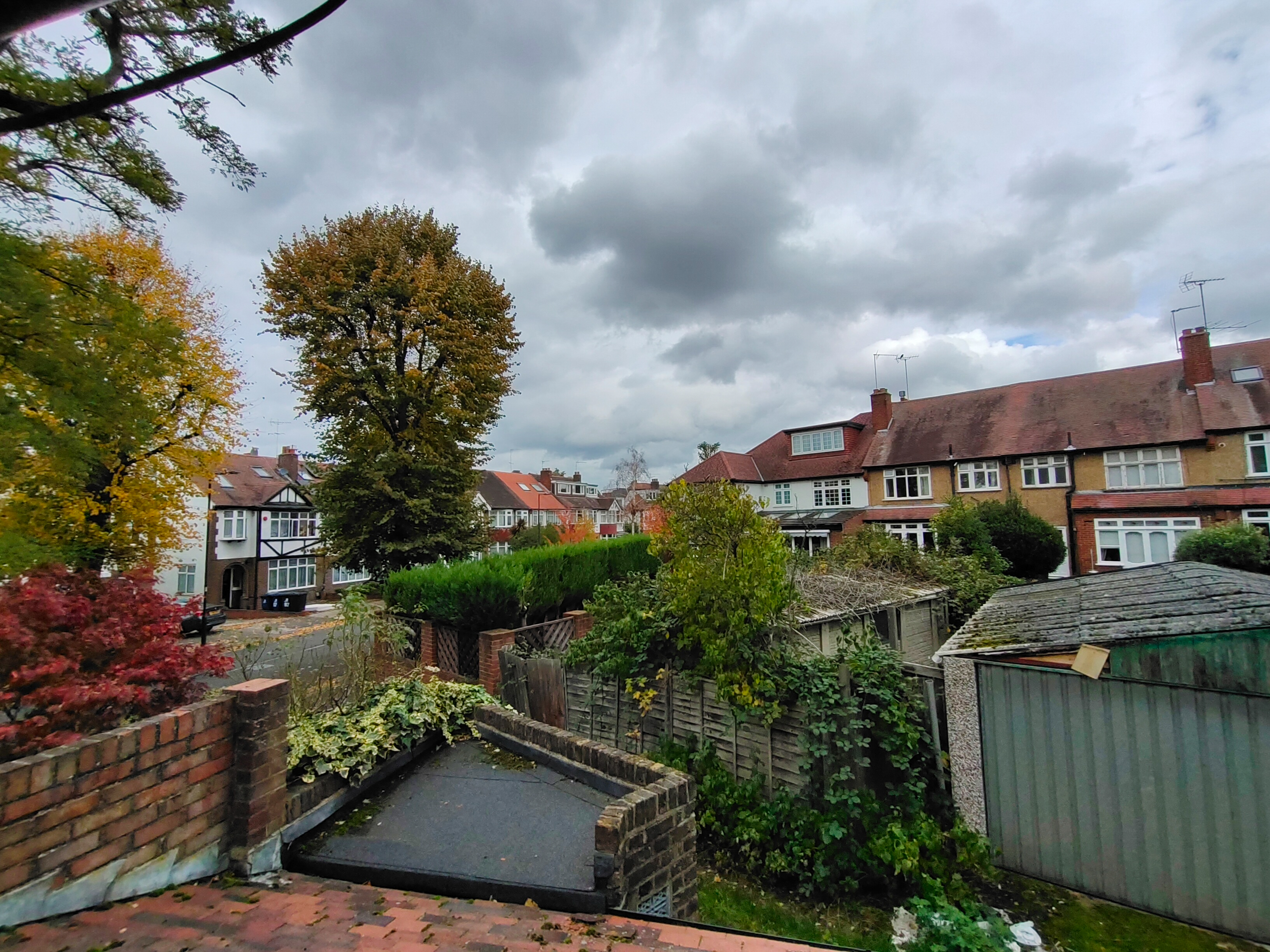


Rather than just include one telephoto camera, Vivo has come at the camera conundrum from a prime lens point of view, so there are two telephoto cameras. The first is a 13MP, f/2.46, 50mm portrait lens with an equivalent 2x zoom camera. The second is an 8MP, f/3.4,135cm 5x optical zoom telephoto lens camera.
Shooting modes include Night, Portrait, Photo, Video, 48MP, Panorama, Slo Mo, Pro Mode, Pro Sports mode, Astro Mode, and Supermoon (Astro Mode mode using the telephoto camera). Comprehensive? We think so.
Rounding off with a front camera resolution of 32MP, and video capture up to 4K resolution at 60fps, the Vivo X51 5G reads like an intriguing imaging mix going on specs alone.
Camera performance

Getting it out of the way - the Vivo X51 5G isn’t the best camera phone of 2020. The Huawei P40 Pro and (admittedly less versatile) Pixel 5 both edge ahead in one area - particular, dynamic range. It isn’t bad at all on the X51, but Sony’s IMX 586, for all its strengths, has yet to grab the tonal range of either aforementioned smartphone.
The X51 switches between cameras depending on what it thinks you’re trying to shoot, and this tends to be on the money. If you want to take the reigns though, the Pro mode is comprehensive, with a max ISO of 3200, and a max shutter speed of 32 seconds.
Detail in automatic mode is strong, even indoors in middling light. Vivo’s photo processing isn’t afraid of a little contrast, so photos the X51 photos look rich and pack depth, but they also manage to stay natural - just with a slightly dramatic edge. It’s a strong look, and as you can see, from black cats to powder pink roses, the out of the camera results are pleasing.
Noise handling isn’t bad at all. In a dim room, when used alongside the Reno 4 Pro, Vivo’s new entrant (which sports the same sensor) automatically extends the exposure time and produces a much better photo than Oppo’s latest. Additionally, there are the plethora of night modes; and these are excellent. See an example of astrophotography below - the photo was taken in the dead of night:
Dynamic range is also better on the X51 than the Reno 4 Pro, and other IMX 586 phones in medium to low light too, including the OnePlus 8T, though as mentioned earlier, this is one area the Vivo just can’t topple certain flagships from Apple and Huawei.
The X51’s 5x optical zoom is best in class at the price - just. It topples the optical zoom of the Huawei P30 Pro, and even gives the Note 20 Ultra a run for its money, though falls behind slightly on clarity. That said, the Huawei P40 Pro and P40 Pro Plus are still the reigning smartphone zoom champions. If Vivo managed to get a gimbal on the telephoto camera, it might have been a different story.
Meanwhile, the portrait mode is great for shooting photos of people, but disappointing for any other objects - this is definitely something Vivo needs to work on. It’s thrown off by even non-reflective surfaces, and is the weak point of this otherwise standout camera phone.
Shooting up to 4K resolution at 60fps, the X51’s video is smooth and steady, and looks fantastic in well-lit scenes. There are noticeably fewer micro-judders than on some of the competition that might lean more on EIS, so there do seem to be tangible benefits to that gimbal. Low light video, however, is a real challenge. Vivo exposes video quite brightly, and in turn, color noise can start to fizzle as soon as the lights start to dim. Not a dealbreaker and very standard in the price category, but still worth noting.


Vivo X51 5G: Additional specs
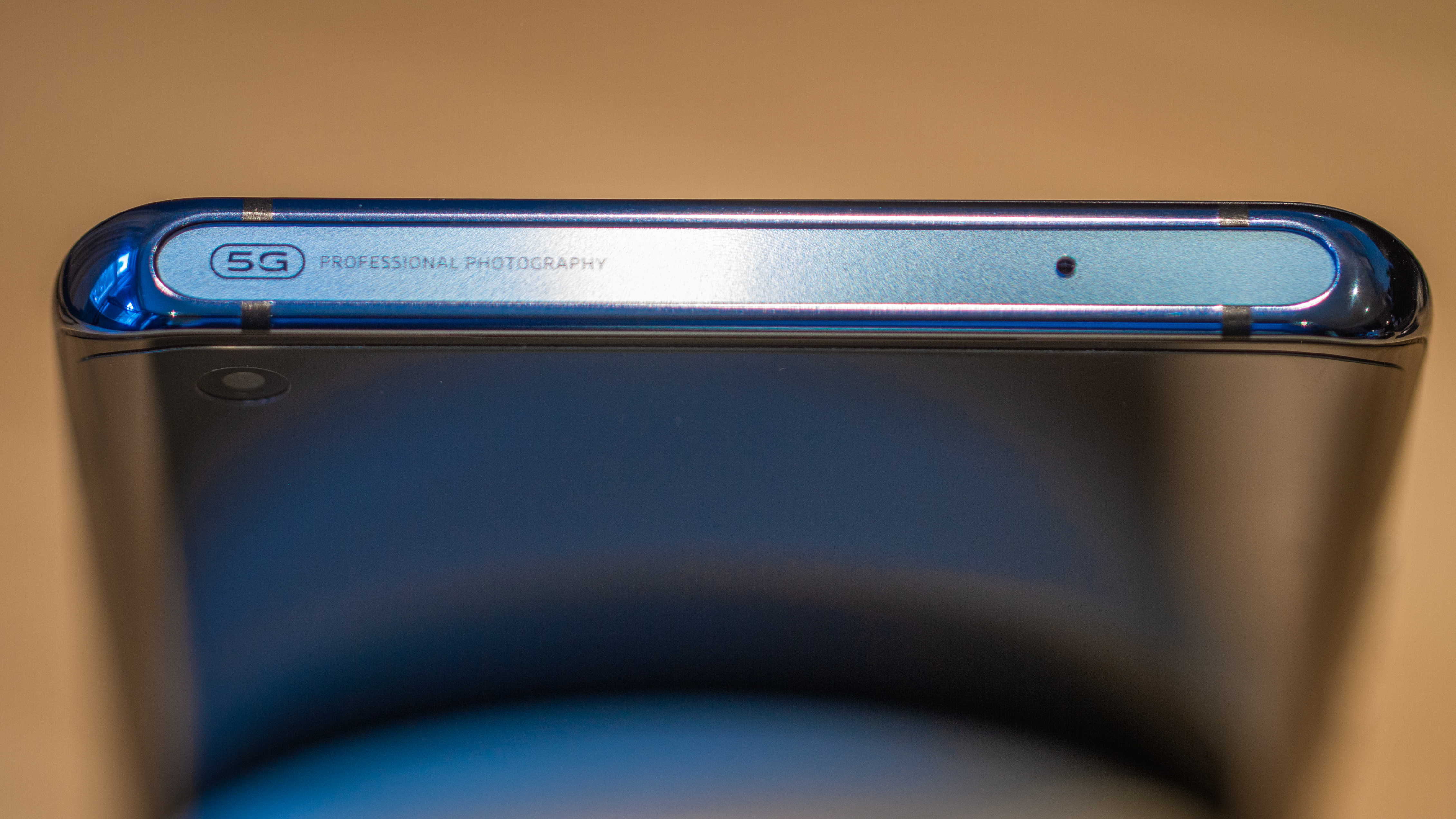
Powered by a midrange chip - the Snapdragon 765G paired with 8GB RAM, the Vivo X51 5G is one of the least powerful phones at its price - but we wouldn’t go so far as to call it underpowered. We didn’t experience any slowdown in our time with the phone, even when gaming or shooting/playing back 4K video.
Of course, you can get some cracking Snapdragon 865 powered phones for the X51 5G’s price - the OnePlus 8 Pro, and Samsung Galaxy S20 FE (5G), for example. None of these phones pack a camera that’s quite as good as that of Vivo’s debut though.
Running Android 10 with FunTouch OS (Vivo’s skin), while the Chinese version of the brands’ UI is overbearing and heavy, it’s been beautifully stripped back for the west. Now, FunTouch is simple, feels virtually stock, and only has a couple of pre-installed apps and visible customizations.
With 256GB storage, you’ll likely never run out of space in your time with the X51 5G, and thanks to a sufficient 4315mAh battery, you probably won’t run out of battery before the day’s out either. Meanwhile, the phone’s 33W FlashCharge gets you to full in a little over an hour, and there’s no wireless charging - doh.
Verdict
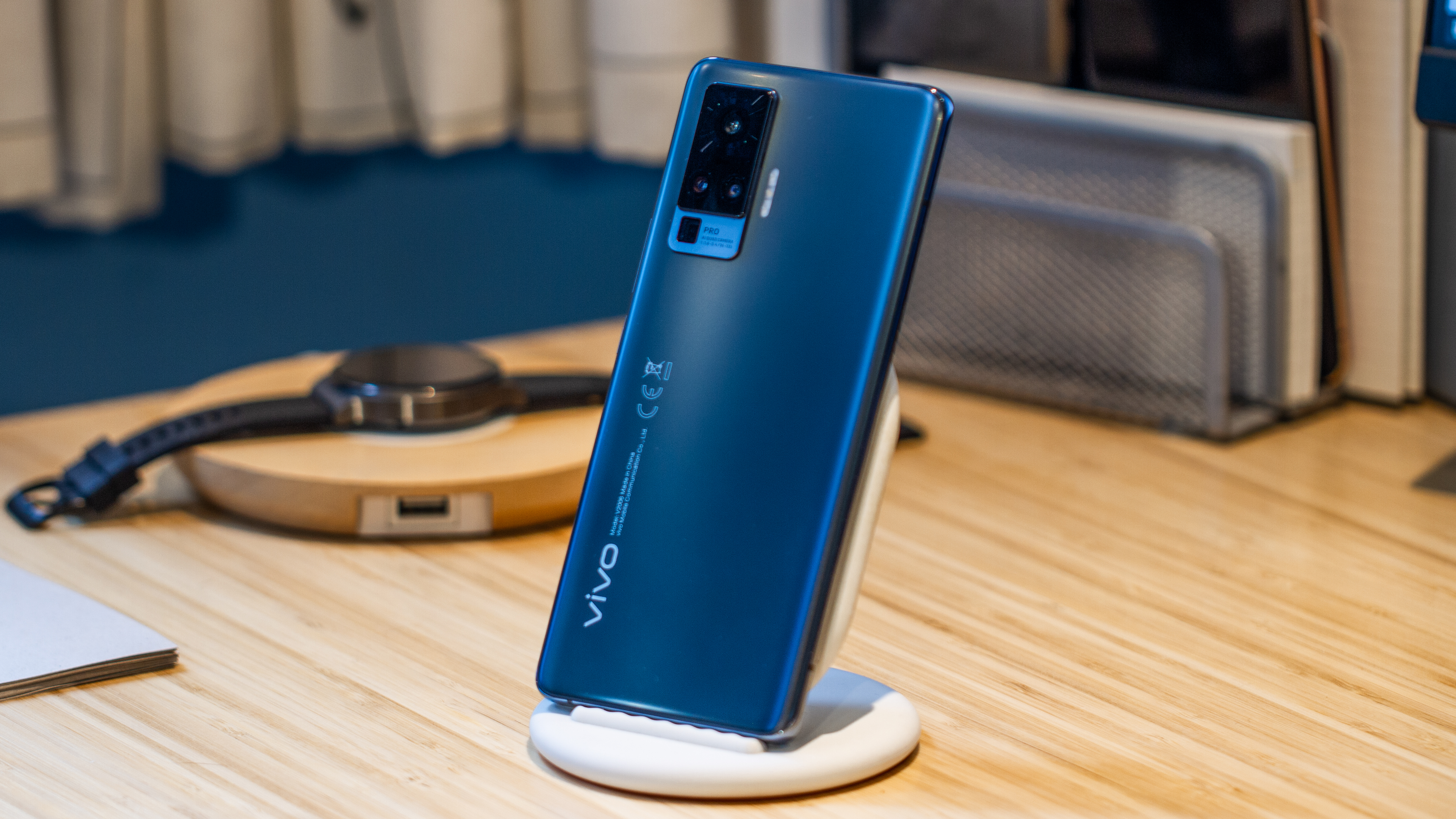
The Vivo X51 5G is a difficult phone to review.
On the one hand, the day to day experience with this gimbal packing flagship feels pretty spot-on; loads of storage, smooth performance, and a very good camera for £749 (roughly $970).
Its camera fends off competition from the Galaxy Note 20 5G and the Reno 4 Pro - both similarly priced phones. And while the slightly pricier Huawei P40 Pro’s camera is still our winner, Vivo’s X51 has access to the Google Play Store, making it an easier sell.
Of course, just like the Reno 4 Pro and the Motorola RAZR 5G, the X51’s midrange chip is the real spanner in the works if you care about specs - that’s why gamers in need of flagship power should look elsewhere. That said, for anyone who cares more about photography, wants a premium phone with great design, an innovative camera system with plenty of focal lengths, the Vivo X51 is on the money.
Read more:
• Best camera phone in 2020
• Best budget camera phones
• Best iPhone for photography
• Best burner phone
• Best 5G phone
• Best phablets
• Best flip phones
• Best phablets
Basil Kronfli is a freelance technology journalist, consultant, and content creator. He trained in graphic design and started his career at Canon Europe before moving into journalism. Basil is also experienced in video production, independently running the YouTube channel TechEdit, and during his time at Future, he worked alongside the Digital Camera World team as a senior video producer.
